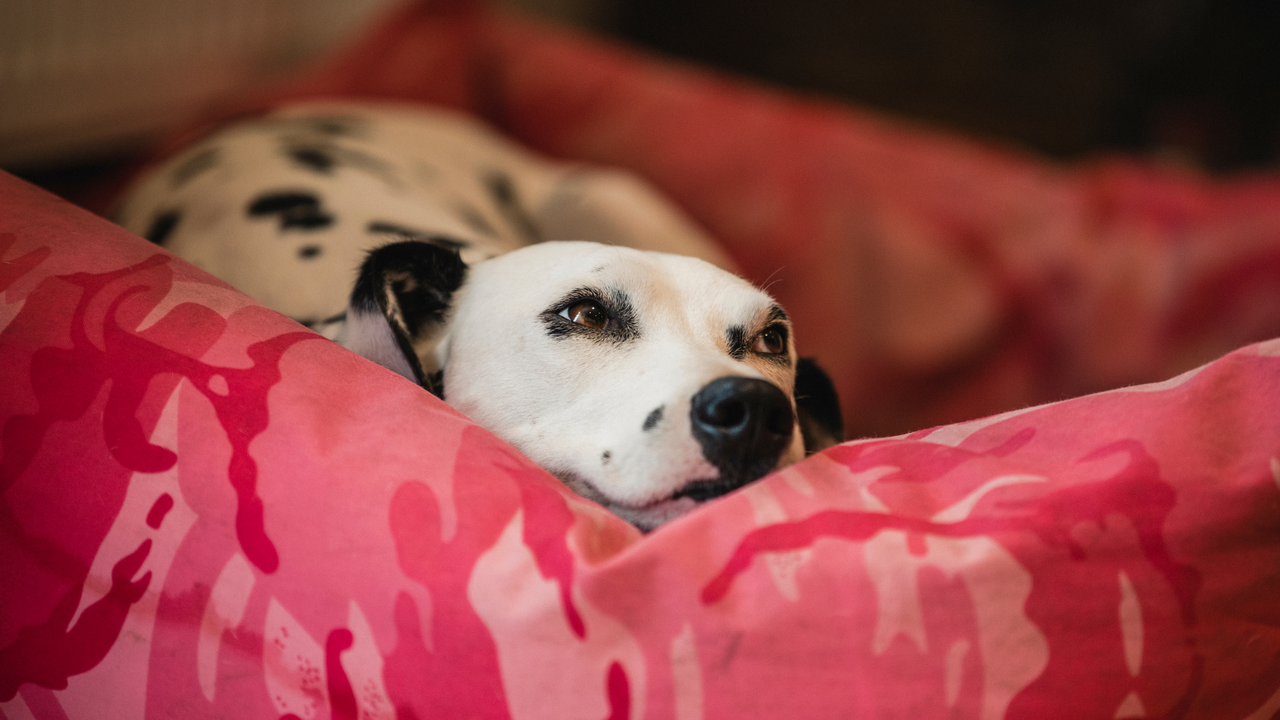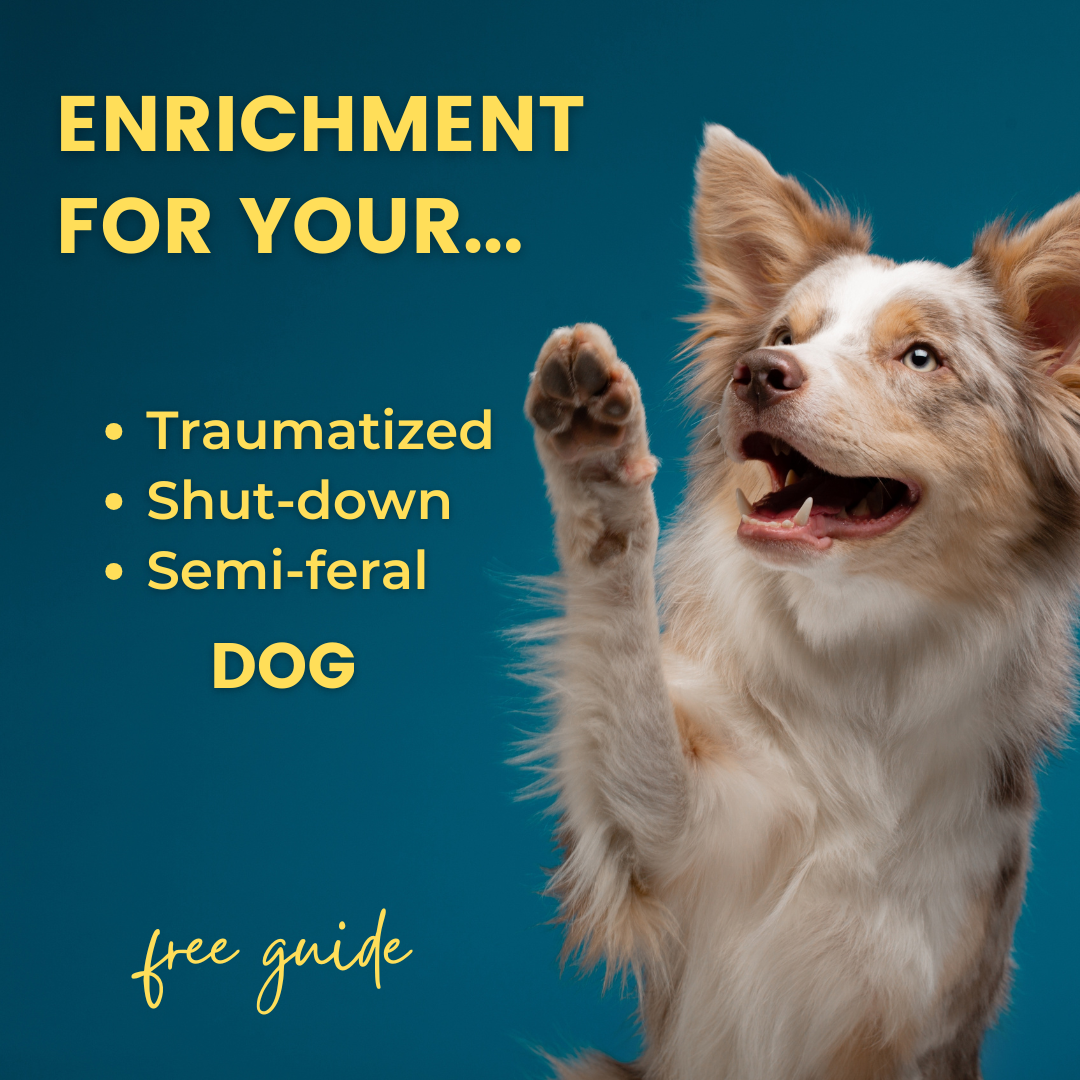
In this week's video, I show you how to teach your dog to stay on their mat around distractions. This is the follow up to last week's Beginning Mat Training video. Be sure to complete last week's training before jumping into this one!
In this fourth installment of our "Building Confidence" series, I cover intermediate and more advanced mat training, including how to train your dog to settle on their mat around their "triggers". Here are the highlights:
How To Add Distractions
Here are some important pointers for your next mat training sessions that incorporate distractions:
- Start small. If your dog is new to mat training, then you taking a single step away from the mat could present a challenge for them. Try to choose distractions that are a little challenging for your dog but don't cause them to get off the mat very often;
- Reward frequently. For many dogs, this might mean a treat every few seconds in early training;
- Use a wide variety of real-life distractions in training. Reward your dog for staying on their mat while you fold laundry, do the dishes, watch TV, prepare dinner. Training in a variety of contexts will make it more likely that your dog will generalize the "settle" behavior to new scenarios.
Example Intermediate Mat Training Steps
Here are some potential intermediate mat training steps you can try with your dog, in order of (likely) increasing difficulty. In general, if you need to make a step easier, stay closer to the mat, keep your movements small and slow, and reward more frequently.
- Walk in a small circle around the mat;
- Walk across the room and back;
- Leave the room and come right back ;
- Do 3 jumping jacks next to the mat;
- Bounce a ball or toss a favorite toy into the air (and catch it) next to the mat.
Stay On The Mat Around Triggers
Once your dog can stay on the mat around distractions, you can start to add in some of their "triggers"- those things that your dog currently reacts negatively to. Start with low-level triggers at a great enough distance that your dog is able to stay on their mat with relaxed or neutral body language. How to choose where to start with triggers? Here are some suggestions to get you started:
1. Break it down. Can you think of ways to break your dog's triggers down into small pieces? For example, if your dog barks at strangers coming into the house, you could work instead with a stranger far away, seated instead of moving, and not looking at your dog. Work with whatever version of your dog's trigger that your dog is able to settle around easily.
2. Reward frequently. When you first work with your dog around triggers, deliver treats (or other reinforcers) every few seconds. As your training progresses, you can slowly increase the time between treats as long as your dog is able to remain settled.
3.Use safety measures. Put physical barriers in place between your dog and their triggers, when triggers include people or animals. Baby gates, leashes, or muzzles can help prevent a bite.
If you're looking for more guidance with your fearful dog, check out our monthly training membership. For a more personalized plan, sign up for private training.
If you try these tips and have success, or trouble, we want to hear from you. Join our Facebook group and post your questions or comments there, or email us at [email protected].
Categories


Have a dog who is too anxious to have fun? Grab this free guide & video lesson all about how to teach your extremely fearful dog their 1st enrichment game.


Community
We offer a free private Facebook support group for owners of fearful dogs to connect and share their stories. Join us there.


